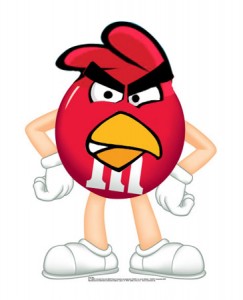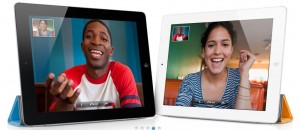Life has been likened to many things: a box of chocolates, a wheel, the gum stuck underneath your shoe. Comm 299 has also been compared to many things: guano, church sermons, the manuals that nobody ever reads nowadays. Fact is, not everyone will get the same out of the course. Material that’s often deemed “common sense” is usually glossed over, taken for granted. not me however, for me the comm 299 was a freight train that hit home.
For some, opportunities come knocking. For most of us however they are worked for, made by our own hands. You want something? You have to work for it. The success stories that were shared in class had one thing in common: they were not just due to sheer luck. Hard work, effort and a little bit of elbow grease are still recognized in this day and age and we shouldn’t discount the valu a through job search can yield. It DOES pay to do your research, especially if this spells the difference between being short-listed and getting the job.
Sure I learned how to write a bang-on cover letter and resume that was a billion times better than the scrappy one I had coming into Sauder. Sure I learned valuable interview skills (e.g. how not to appear like a socially awkward penguin). Sure I learned the importance of networking and how reaching out to employers can sometimes make all the difference. But if there’s one lesson I took away from the 13-or-so odd hours in COMM 299 it’s this: seize the day. Make the most out of what Sauder has to offer, nay, make the most of what the day brings. If anything, a sense of urgency was awakened in me — there was no room for complacency. If I wanted to go far, I had to pick myself up and walk.
Because fact is, we are surrounded by a vast number of opportunities that can potentially change our lives — we just have to know where to look.









